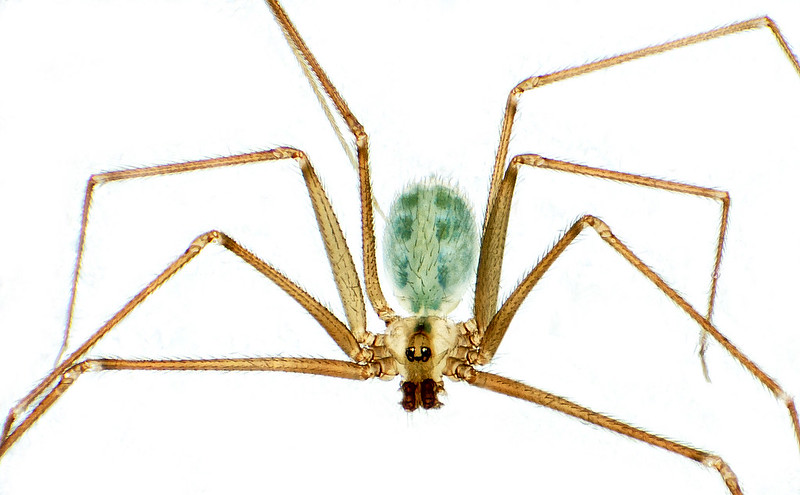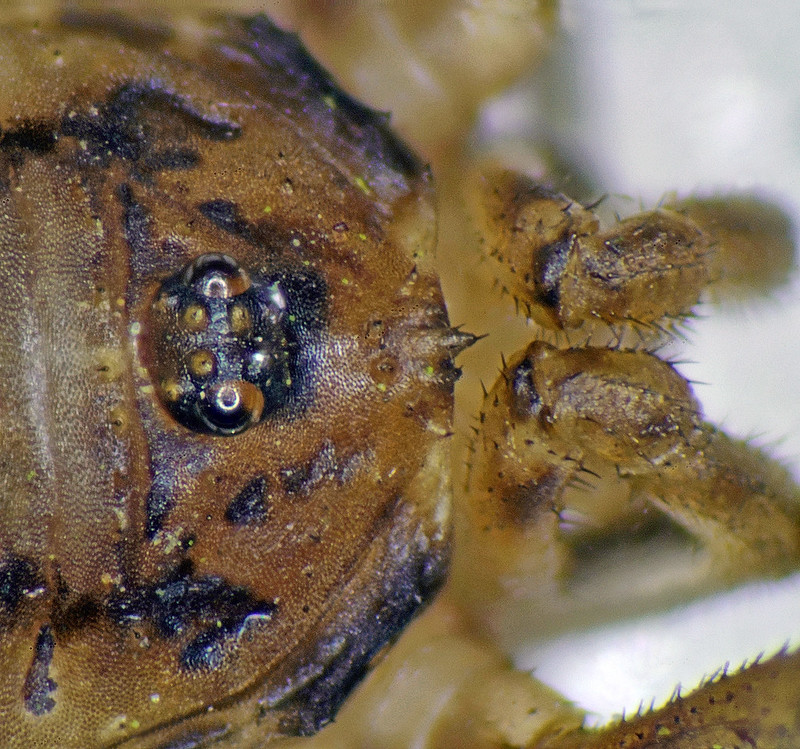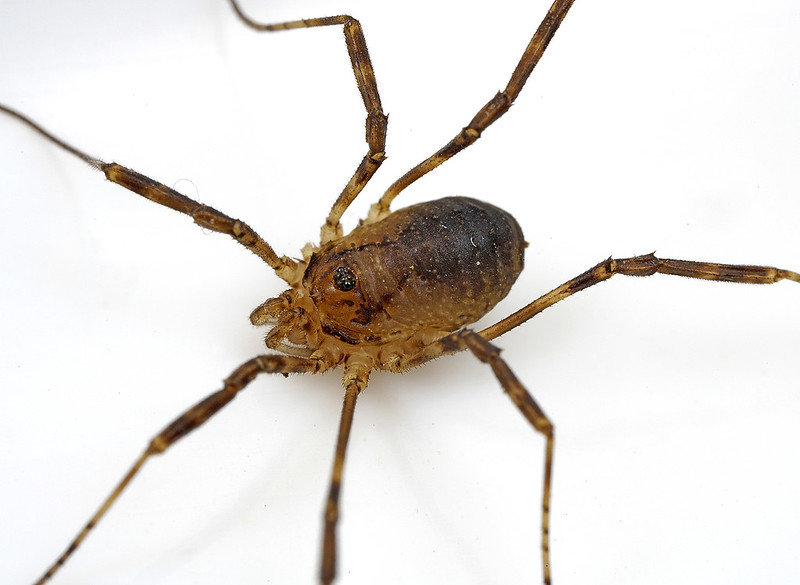
Click for larger image
Figure 2 scratches beneath the surface to reveal more about these patterns:

Click for larger image
Panels A and C largely represent the expected phenology of spiders, particularly the presence of mature adults which can be identified. It's worth noting that February, although a natural low point in the phenology, is artificially depressed because other commitments meant I was not able to do much field work at this time. October is a little surprising. We have had a warm autumn which means the traditional phenology has been extended, but the heavy rains from mid-September onwards (the wettest ever autumn in the East Midlands) put a big dent in recording effort with roads flooded and some sites too dangerous or difficult to reach. Panels B and D explain much of the pattern seen in panel A. Visits per Month normalizes for recording effort and also reflects the impact of autumn flooding. However, the autumn rising trend of Species per Visit noteworthy - this points to a mild autumn with few frosts.
Target for 2019? I'm thinking at least 500 specimens and 33% of the County list. For the record, my 2019 VC55 Year List is:
 |
| Click for larger image |
Agelena labyrinthica
Amaurobius fenestralis
Amaurobius similis
Araneus diadematus
Araneus quadratus
Araniella cucurbitina sensu stricto
Bathyphantes gracilis
Cheiracanthium erraticum
Clubiona brevipes
Clubiona comta
Clubiona corticalis
Clubiona lutescens
Clubiona pallidula
Clubiona phragmitis
Clubiona reclusa
Clubiona terrestris
Coelotes atropos
Cyclosa conica
Diaea dorsata
Dictyna uncinata
Dicymbium nigrum/brevisetosum agg.
Diplocephalus latifrons
Diplostyla concolor
Dismodicus bifrons
Drapetisca socialis
Enoplognatha latimana
Enoplognatha ovata
Entelecara acuminata
Episinus angulatus
Erigone atra
Erigone dentipalpis
Ero aphana
Ero furcata
Evarcha falcata
Floronia bucculenta
Gnathonarium dentatum
Gonatium rubellum
Gongylidium rufipes
Harpactea hombergi
Heliophanus flavipes
Hylyphantes graminicola
Kaestneria pullata
Larinioides cornutus
Lathys humilis
Lepthyphantes minutus
Linyphia hortensis
Linyphia triangularis
Maso sundevalli
Metellina mengei
Metellina segmentata
Micrargus herbigradus
Microlinyphia pusilla
Microneta viaria
Monocephalus fuscipes
Neottiura bimaculata
Neriene clathrata
Neriene montana
Neriene peltata
Nigma walckenaeri
Nuctenea umbratica
Oedothorax fuscus
Pachygnatha clercki
Pachygnatha degeeri
Paidiscura pallens
Parasteatoda lunata
Parasteatoda simulans
Pardosa amentata
Pardosa saltans
Philodromus albidus
Philodromus aureolus
Philodromus cespitum
Philodromus dispar
Pholcus phalangioides
Phylloneta impressa
Pisaura mirabilis
Platnickina tincta
Pocadicnemis juncea
Porrhomma microphthalmum
Porrhomma pygmaeum
Pseudeuophrys lanigera
Psilochorus simoni
Savignia frontata
Scotophaeus blackwalli
Selimus vittatus
Steatoda bipunctata
Steatoda grossa
Stemonyphantes lineatus
Tegenaria duellica
Tenuiphantes flavipes
Tenuiphantes tenuis
Tenuiphantes zimmermanni
Tetragnatha extensa
Tetragnatha montana
Tetragnatha obtusa
Theridion mystaceum
Theridion pictum
Theridion varians
Tibellus oblongus
Uloborus plumipes
Walckenaeria acuminata
Walckenaeria unicornis
Xysticus cristatus
Xysticus ulmi
Zygiella x-notata
















